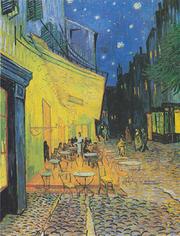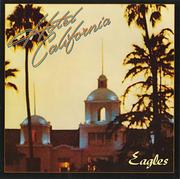Time and Motion in Art: Futurist Paintings of Movement
BY K Shabi PUBLISHED 15 Jun 2013
Art created before the twentieth century consisted of mostly landscape and portrait paintings: empty nature scenes or stationary people standing or sitting still, posing for the artist. The beginning of the twentieth century was a revolutionary time in the history of art, with modern artists for the first time trying to come up with new and often avant-garde ways to capture images on a canvas. The futurist movement in particular was dedicated to capturing both time and motion in art, creating paintings of movement.

Futurist Art and Motion: Implied Motion in Art
A lot of things were changing fast around the turn of the 20th century, with the relatively new invention of transportation vehicles like cars, automobiles, transatlantic boats and even trains sparking a new interest in speed and velocity. Modern artists wanted to document these recent changes in society and culture in their art, but couldn't rely on the old methods established by past artists in history to accurately represent abstract and non-physical entities like time and motion in art. Italian avant-garde artists like Umberto Boccioni and Giacomo Balla were compelled to come up with a new technique, spawning the creation of Futurism.
Futurist artists were inspired and excited by how revolutionary these new forms of long-distance transportation were, directly mentioning adventurous steamers, great-breasted locomotives and the gliding flight of aeroplanes in the very text of The Futurist Manifesto, penned by J.F. Moretti in 1909. Italian Futurist artist Giacomo Ballla visualized the following quote from The Futurist Manifesto in his Futurist paintings of movement, Speeding Car (1913), Velocity of an Automobile, and Speed of a Motorcycle.
Art in Motion: Paintings of Movement, Motion and Time
The loose geometric patterning of Giacomo Balla's paintings of motion serve as good examples of Futurist paintings of movement. Related to the Cubist movement, Futurist art is often extremely abstract and only suggestively representational. In his masculinely rough and abstract automobile paintings, Balla is keeping in line with the views presented in The Futurist Manifesto and entirely rejecting "beautiful" classic art like the statue Victory of Samothrace. Without the title to go by, many would have no idea that Balla's curved black gestural lines are meant to represent "speeding" motorized vehicles. Balla's automobiles seem to be moving at a very high velocity, so much so that the viewer won't even have time to adequately process the sight of the fast-moving vehicle. Balla is trying to represent our blurred and rushed account of the automobiles, therefore partly accounting for the high abstraction of his paintings.

Marcel Duchamp's Painting of Movement, Nude Descending the Staircase
Not exactly a Cubist, Futurist or Readymade artist, Marcel Duchamp dabbled in many different modern art movements and was responsible for a very good example of a Futurist painting of implied motion and time, Nude Descending the Staircase (1912). As you can see, Marcel Duchamp's interpretation of Futurism is more representational than Giacomo Balla's cars, with the abstract form of the naked woman identifiable as she moves down the stairs in the painting.
Duchamp's Nude shares the same sepia color tones as Balla's fast cars, the subject matter of Nude Descending the Staircase has more in common with classic art. Instead of having the naked odalisque posing still on a bed or divan as she would have in the art of past centuries, Duchamp's nude is boldly moving around, no longer restricted to the confines of the bedroom. Instead of capturing the woman in an isolated second, moment and instance in time, Duchamp records the entire event of the woman coming down the stairs in his motion painting. The Futurist painting does not immortalize a single pose or gesture, but all of the poses the woman cycled through as she descended the stairs in motion.







